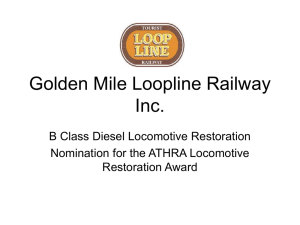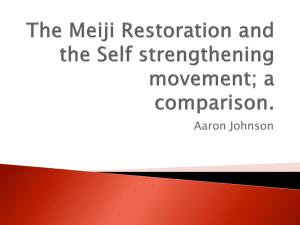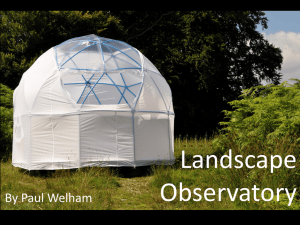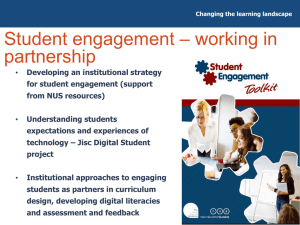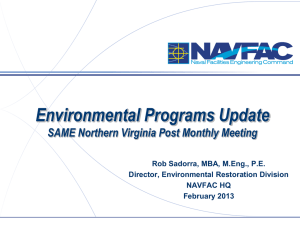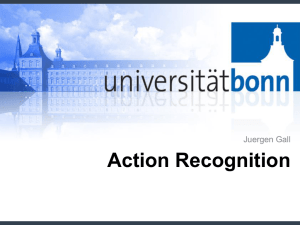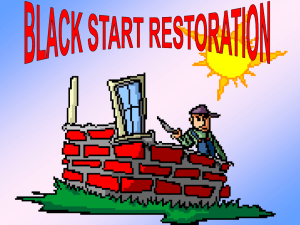The Bonn Challenge and Landscape Restoration
advertisement
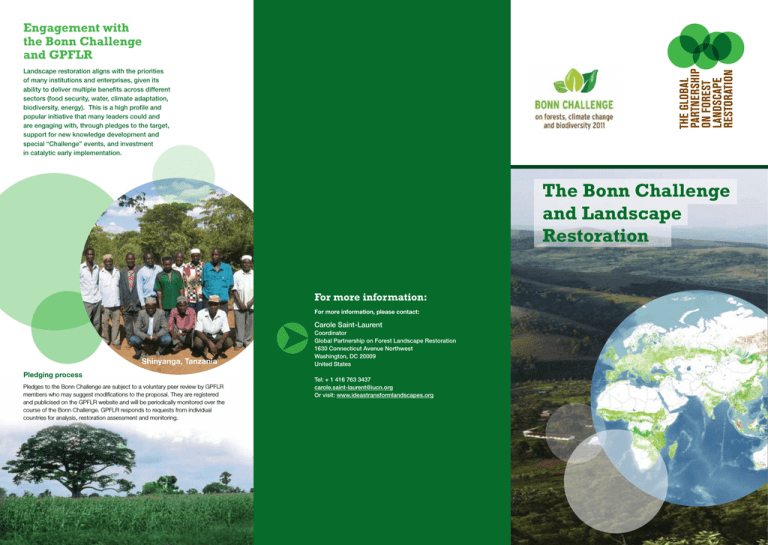
Engagement with the Bonn Challenge and GPFLR Landscape restoration aligns with the priorities of many institutions and enterprises, given its ability to deliver multiple benefits across different sectors (food security, water, climate adaptation, biodiversity, energy). This is a high profile and popular initiative that many leaders could and are engaging with, through pledges to the target, support for new knowledge development and special “Challenge” events, and investment in catalytic early implementation. The Bonn Challenge and Landscape Restoration For more information: For more information, please contact: Carole Saint-Laurent Shinyanga, Tanzania Pledging process Pledges to the Bonn Challenge are subject to a voluntary peer review by GPFLR members who may suggest modifications to the proposal. They are registered and publicised on the GPFLR website and will be periodically monitored over the course of the Bonn Challenge. GPFLR responds to requests from individual countries for analysis, restoration assessment and monitoring. Coordinator Global Partnership on Forest Landscape Restoration 1630 Connecticut Avenue Northwest Washington, DC 20009 United States Tel: + 1 416 763 3437 carole.saint-laurent@iucn.org Or visit: www.ideastransformlandscapes.org The Bonn Challenge Solutions for a cultivated planet Productive land use is essential to food security, green growth, and climate change mitigation and adaptation. Land is needed for the food-waterenergy nexus, but is threatened by exacerbating land-use conflict. The pressure is mounting to get more from productive land or to expand further into diminishing natural ecosystems. Yet, there are an estimated 2 billion hectares of degraded and deforested land worldwide that could be transformed into resilient, multifunctional assets for rural communities. This would contribute to local and national economies, sequester significant amounts of carbon and safeguard biodiversity. Landscape restoration goes far beyond tree-planting. It is a nature-based solution – going beyond conventional approaches and cutting across sectors. It is about restoring the essential ecosystem functions which nature provides, which people fundamentally rely upon and which make concrete contributions to solving global challenges, from food and poverty to living within planetary boundaries. The landscape aspect is important because recovering a mixture of goods and services, such as clean water, improved soils, scaled-up carbon storage, and accessible fuel wood, cannot be achieved on a single site, or by a single intervention. The landscape approach requires all stakeholders to make common decisions. Landscape restoration has been demonstrated to work, improving livelihoods, stimulating local economies and safeguarding biodiversity. Unfortunately, it is often held back by two erroneous assumptions: large-scale restoration takes too long or costs too much. The evidence tells a different story, for example: l The Republic of Korea estimates a 50-fold return on its investment that improved and restored forests on over 50% of its territory since 1953. l Costa Rica almost doubled its forest cover in a period of 25 years reinforcing its green image as the basis for a highly lucrative tourism industry. l The people of Shinyanga, northern Tanzania took only 15 years to restore 2 million hectares of forest and agricultural land, doubling household income. At the invitation of the German Government and IUCN, the Bonn Challenge was established at a ministerial roundtable in September 2011 – it calls for restoration of 150 million hectares of deforested and degraded lands by 2020. This is as a practical, action-orientated platform to facilitate the implementation of several existing international commitments that require restoration, including the CBD Aichi Target 15, the UNFCCC REDD+ goal and the Rio+20 land degradation target. IUCN estimates that the annual net benefit to national and local economies of restoring 150 million hectares is approximately US$ 85 billion/year. This could also sequester an additional 1 GtCO2e per year, reducing the current emissions gap by 11-17%. Several governments, private sector companies and community groups have signalled their intent to align with and invest in achieving the Bonn Challenge and almost 20 million hectares have already been pledged. Commitments of further 40 million hectares are being finalised. The Bonn Challenge is supported by the Global Partnership on Forest Landscape Restoration (GPFLR), for whom IUCN acts as the secretariat. The partnership is a voluntary network of governments, international and non-governmental organizations and others. It facilitates exchange and learning, generates new knowledge and tools, and acts as vehicle to mobilise capacity and expert support to address the practicalities of in-situ landscape restoration. The partnership is working with private sector investors to identify ways to close financing gaps. The Bonn Challenge resonates with ordinary people, helping them feel empowered to take practical action. In this respect it was voted, in an on-line poll of more than one million global citizens, as the most important forest intervention, and the second most important overall intervention, that global leaders should support as an outcome of Rio+20. A World of Opportunity for Forest and Landscape Restoration


